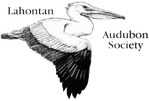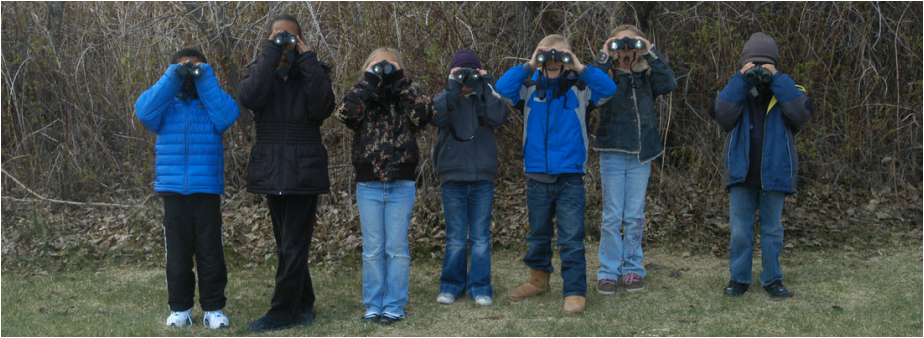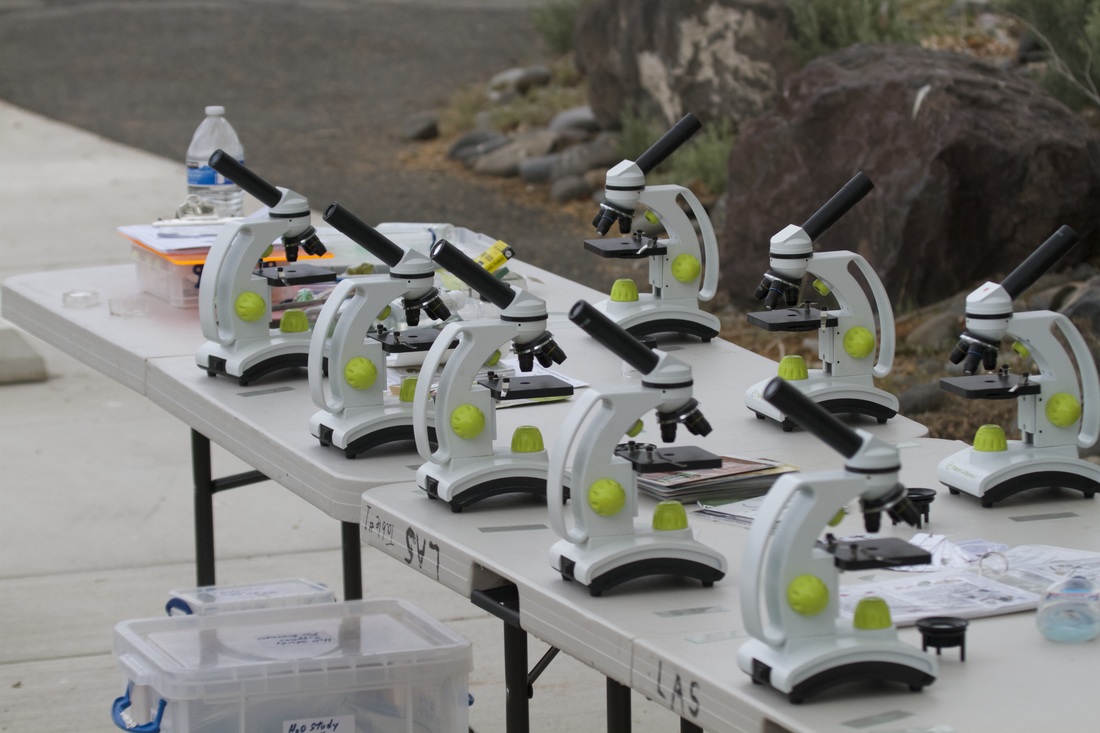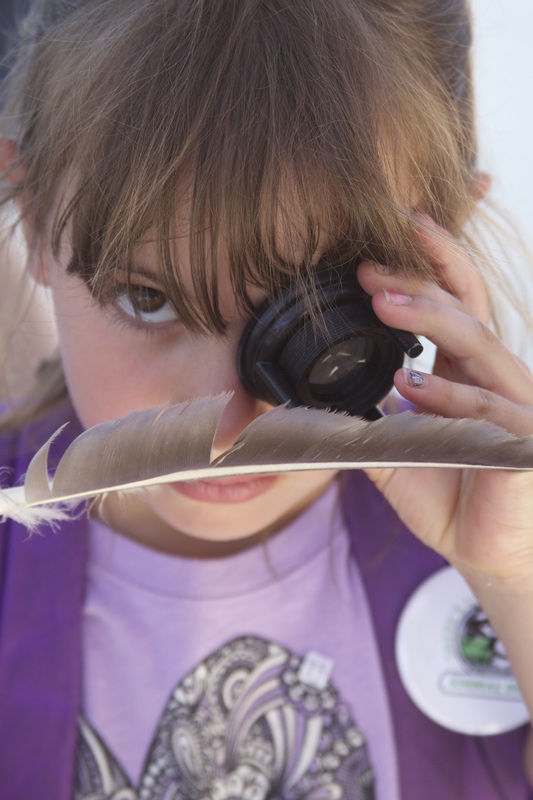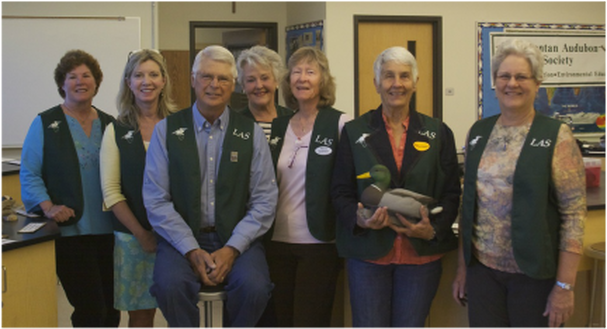bird taxidermy mounts: Online Tutorial
|
There are over 200 specimens in the LAS taxidermy collection! Thanks to the Great Basin Institute, you can view the LAS taxidermy collection at the Galena Creek Visitor Center. The specimens are used regularly during our classroom visits and at education events.
The taxidermy collection has been established by the help of volunteers--people who have found dead birds and turned them over to LAS. Former Education Chair, Alan Gubanich, has state and federal Salvage and Educational Use Permits to allow him to use the specimens. Alan turns the dead birds over to a taxidermist who then mounts them for use. Many of the specimens have been paid for by grant monies from the National Audubon Society’s Whittell Fund Committee. Others were supported by monies from the LAS Education Committee or from our members. The Eagles and Agriculture Steering Committee in Carson Valley, the Spanish Springs Lions Club, and Great Basin Institute have also made generous donations. You can help. If you find a dead bird in good condition, put it in a plastic bag with a note stating your name, location, and date; squeeze as much air out of the bag as possible; and put the bird in a freezer. Contact us and we will get in contact with Alan to let you know if it’s a species we can use and arrange to get the bird from you. |
|
School ProgramsOur children are the key to the sustainability of our planet – they are our future teachers, leaders, and hopefully conservationists. We need to instill in them a love and appreciation for nature and an understanding of how important healthy environments are for the survival of us all. Our school programs try to stimulate students’ curiosity about nature and encourage them to spend more time outdoors. LAS offers several topics for classroom visits.
|
Student Field TripsThe primary goal of our student field trip program is to get kids outside to watch birds. LAS started leading field trips for school kids at Washoe Lake around the year 2000, first at the viewing platform at the southeast corner of the lake, and more recently (due to low water levels) at the picnic area at Washoe Lake State Park.
Trips are held from late April through May, and into early June. Students arrive at 10:00 am and leave around noon. Activities include:
In past years LAS has hosted as many as 15 and 16 trips a season, serving a many as 900 or more school kids a year. The lake was dry during our 2015 field trips due to our continuing drought. But that served as a “teachable moment” for the kids--to learn about where our water supply comes from and to appreciate the unpredictability of nature. |
School VisitsThe LAS Education Committee has developed several hands-on activities for classroom visits. Each is geared to a specific grade level, from preschoolers to high school, and includes the use of bird taxidermy mounts along with bird feathers, wings, and museum specimens that students can handle and study in detail. Some of our programs include:
Teachers can request a visit by contacting us. We work with teachers to make sure our visits supplement the Common Core Standards of our local school districts. |
Education Events
LAS participates in a wide variety of public events to promote its mission of educating the public about birds, wildlife, and conservation. You can find us at tables that display taxidermy mounts, LAS publications, and wildlife-related literature at events such as:
|
Be an Education VolunteerVolunteers are the ones who make LAS work, especially our School Visits and the Washoe Lake Field Trips. We’ve had a dedicated, energetic, enthusiastic group of people every year to help with our educational outreach. But we can always use more! If you would like to get involved we would love to have you. You don’t have to be an expert. We can train you on the spot. And you’ll probably have as much, if not more, fun than the kids. At the very least, you will certainly have a feeling of satisfaction as you help kids (and adults) learn about the birds and other wildlife of this area, and the need for protecting and preserving our fragile habitats. Join us and you, too, can make a real difference in a child’s life.
|
